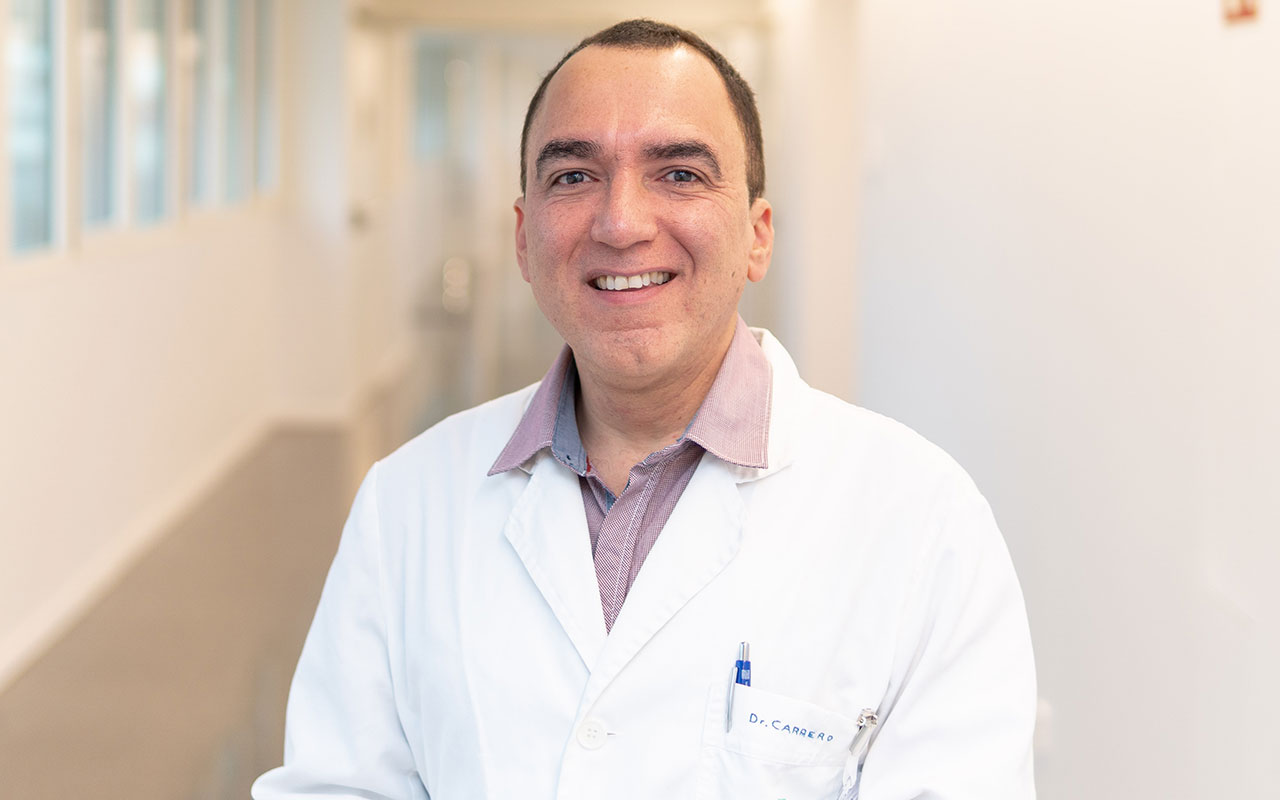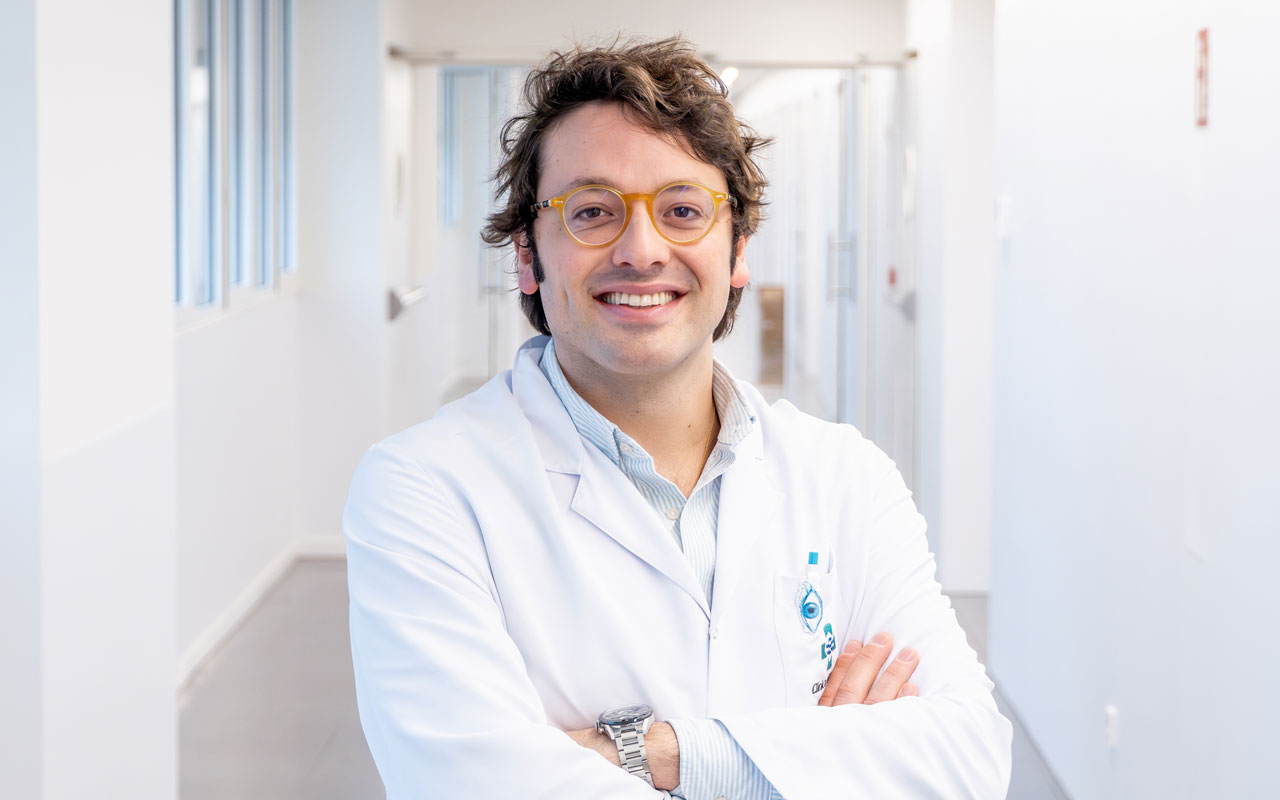YAG laser goniopuncture is a minimally invasive medical procedure used to treat glaucoma, an eye disease that can damage the optic nerve and cause vision loss if left untreated. The procedure is performed in the doctor’s office, under topical anesthesia, using a specialized YAG laser.
In YAG laser goniopuncture, a highly precise laser is used to create small holes in the trabecular meshwork, an ocular structure that regulates the flow of aqueous humor, the fluid that fills the eye. The goal of this procedure is to increase the outflow of aqueous humor, thereby reducing intraocular pressure (IOP), which is the primary cause of glaucoma.
This is an outpatient procedure performed in the doctor’s office. The ophthalmologist uses a special lens to visualize the iridocorneal angle, the area where the trabecular meshwork is located. Finally, the YAG laser is used to create small holes in the trabecular meshwork, thereby increasing the outflow of aqueous humor and reducing IOP.
Who can benefit from YAG laser goniopuncture?
YAG laser goniopuncture can be an effective treatment option for patients with glaucoma who do not respond adequately to medications or traditional surgery. It is particularly recommended for:
- Patients with angle-closure glaucoma, where the aqueous humor cannot flow properly through the trabecular meshwork.
- Patients with open-angle glaucoma who do not respond to previous medical or surgical treatments.
- Patients with difficult-to-control glaucoma presenting with high IOP that puts the optic nerve at risk.
What are the benefits of this treatment?
YAG laser goniopuncture offers several benefits for patients with glaucoma:
- Effectiveness: It effectively reduces intraocular pressure in patients who do not respond to previous medical or surgical treatments.
- Minimally invasive: It is an outpatient procedure that does not require incisions or sutures, minimizing the risk of complications.
- Rapid recovery: Most patients experience a quick recovery and can resume their normal activities the next day.
- Safety: It is a safe procedure with a low risk of complications.




